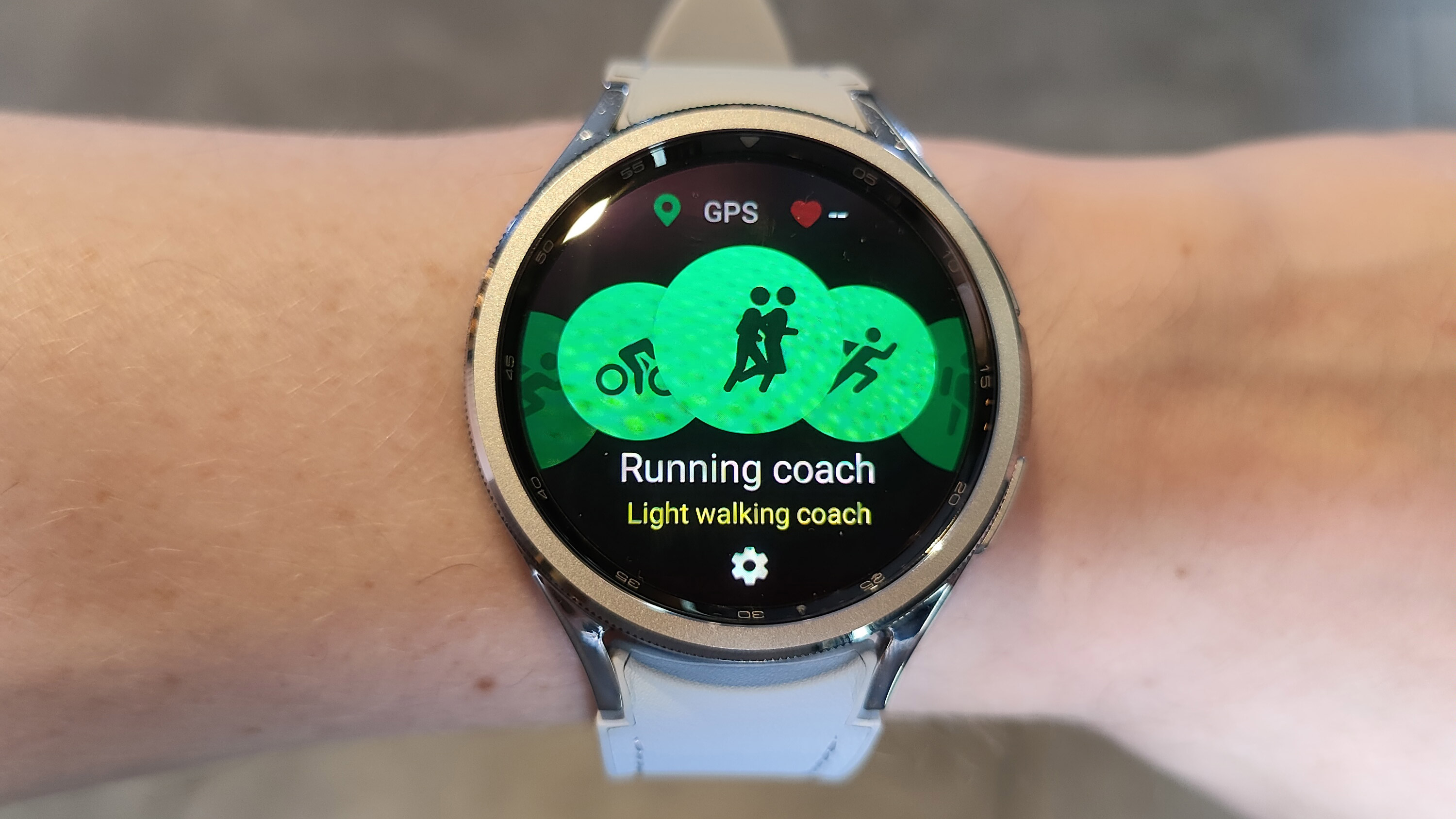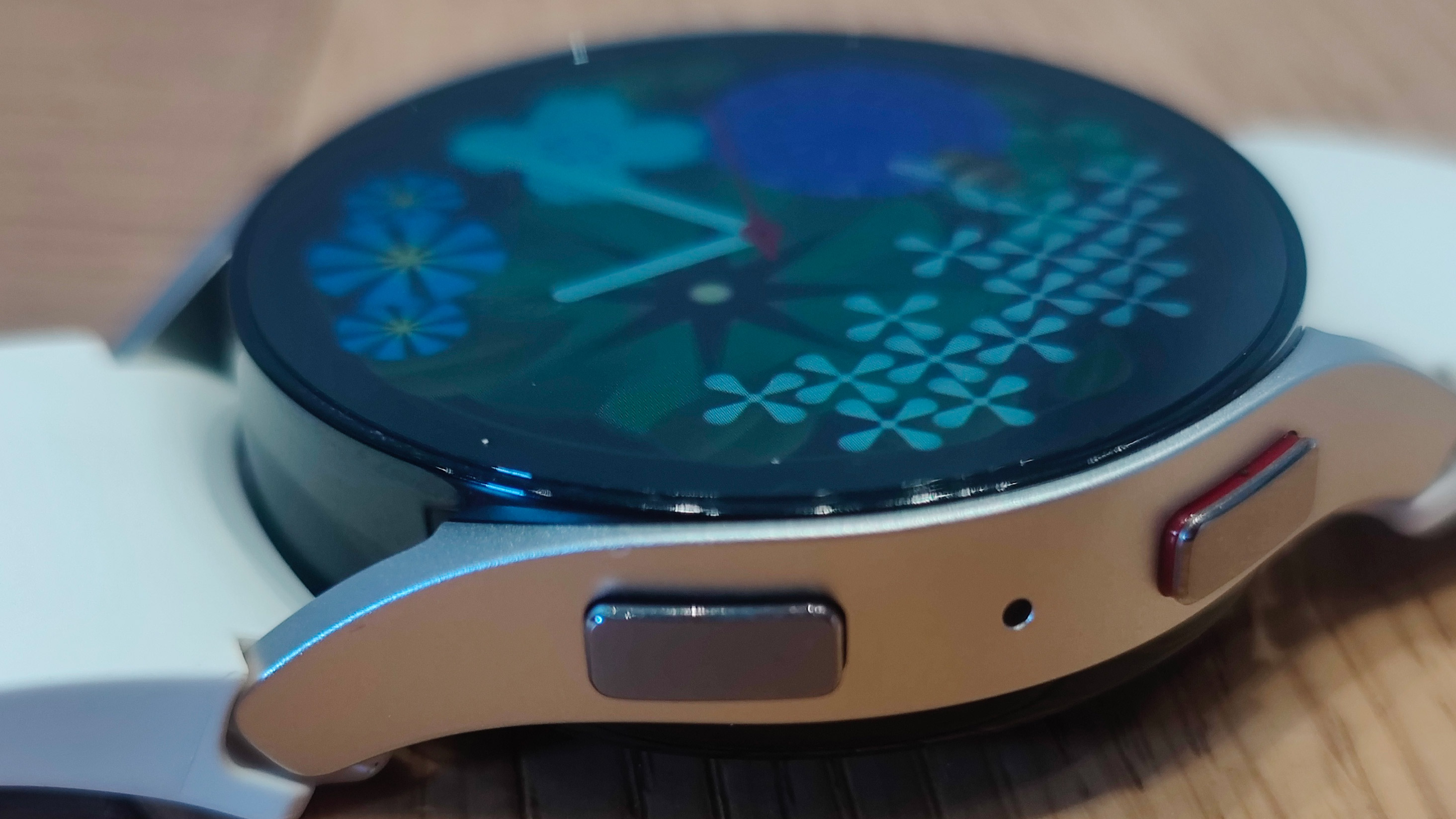
The Samsung Galaxy Watch 6 has officially been revealed, along with its larger sibling the Samsung Galaxy Watch 6 Classic. Both watches are an improvement on their predecessors, with Wear OS 4 (with Samsung’s One UI Watch 5 skin attached), and new health features.
You can read our early Samsung Galaxy Watch 6 review and early Samsung Watch 6 Classic review for our initial verdicts of the wearables after our time with them so far – and don't miss our hands-on Samsung Galaxy Z Fold 5 review and hands-on Samsung Galaxy Z Flip 5 review for our early impressions of those devices.
These include a Custom Workouts mode, which allows you to swap between workout modes such as swimming, cycling or running with a press of a button – superb for triathletes. Samsung’s on-watch Sleep functionality has also been revamped, allowing you to see far more info without opening your phone, and high heart rate notifications warn you when you’re working out too hard, thanks to a new optical heart rate sensor. It’s certainly shaping up to be one of the best smartwatches for Android users we’ve seen in a long time.
The 40mm version of last year’s watch, the Samsung Galaxy Watch 5, was packing a 284mAh battery. This year, the 40mm Watch 6 and 43mm Watch 6 Classic has got a 300mAh battery, with the 45mm and 47mm models rising to 425mAh.

One of our reviewer’s biggest gripes with the 5 was its small battery life: in our Samsung Galaxy Watch 5 review, he said: “If you don't use any exercise tracking and fire up the power-saving feature, you might eke out a couple of days from the watch, but you really have to make an effort. If, like us, you use your watch as a pedometer and track around 30-60 minutes of exercise a day, you'll need a charge every 24 hours.”
The renewed emphasis on sleep tracking and multi-stage workouts places even more strain on the Galaxy Watch 6’s battery life. It’s clearly designed for continuous use like one of the best Garmin watches: running, cycling and swimming are all endurance-based, GPS-powered activities, and a triathlon take hours to perform. The Sleep Profiles feature that we liked so much on the Watch 5 makes a welcome return here, but this depends on getting a reading most nights, if not every night, for four weeks until the algorithm has enough information to work with. Constant wear will drain that already-small battery right down.

Battery is one of our main frustrations with lots of “true” smartwatches. Dedicated running watches like Garmins and Fitbits frequently last for over a week before needing an hour’s charge, and the Samsung Galaxy Watch 6 seems to be designed with the same sort of use in mind. But while it’s got the smarts, it doesn’t have the battery life to match.
However, this is all conjecture based on my very brief time with the watch: in a full review, I’ll be able to test this. I’m hoping the advanced processing power and updated operating system will mean the watch runs more efficiently, allowing even very active people to eke every last minute out of the watch.
You can check out our Unpacked news hub here for more information on all the new releases, including watches, foldable phones, tablets and loads more.







